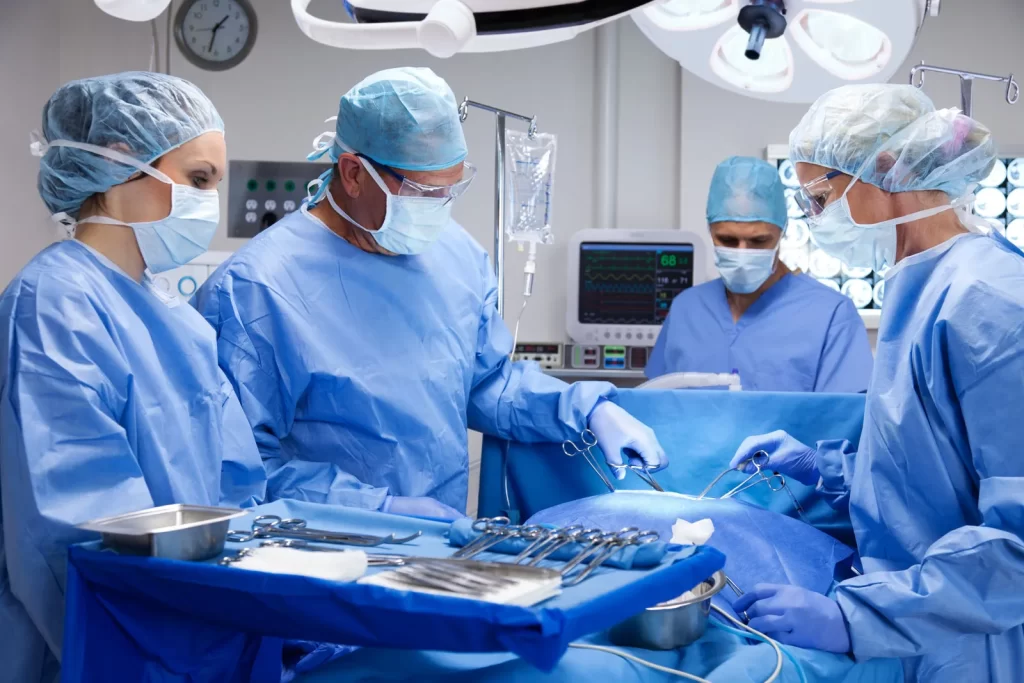
When you hear the term “keyhole surgery,” you may wonder what it involves and how it differs from traditional open surgery. The process of keyhole surgery uses a small incision that is often covered by a thin bandage. The doctor inserts an endoscope into the incision and connects it to a camera to project images of the operation area. The surgeon then uses tiny surgical instruments to perform the procedure. Keyhole surgery also allows the surgeon to operate on the patient without creating a large incision.
Following keyhole surgery, you will stay overnight at the hospital. Your vital signs will be monitored and you may experience some soreness at the incision sites. This is normal and should disappear within a few days. Some people may also experience soreness in the throat after the procedure, which may be relieved by a throat lozenge or a warm saltwater gargle. The recovery time depends on the reason for the surgery and the patient’s condition. If you need a hysterectomy, you’ll probably stay overnight.
The procedure is highly complex and requires extensive training. An experienced cranio-facial surgeon should be involved in the surgery to ensure a favorable cosmetic outcome. A specialized cranio-facial surgeon will make the final decision. Dr. Arnaout is the first surgeon in New England to perform a keyhole meningioma surgery through the upper eyelid. Other keyhole entries have also been performed with the help of inter-departmental collaboration, including an approach through a forehead wrinkle.
Recovery time is significantly shorter with keyhole surgery than with traditional open surgeries. Recovery time is typically five to seven days, although the recovery time for open surgery is typically longer. However, keyhole surgery is not suitable for everyone. The risk of complications is higher with open surgery, and the recovery time is typically longer. In general, keyhole surgery is safer than traditional open surgery. However, it is not without its risks. In the long run, keyhole surgery will improve your cosmetic results and reduce the risk of infections.
One of the most important advantages of keyhole heart surgery is the reduced cosmetic impact. Because the procedure requires only a small incision, the scar will be much smaller and less visible than with an open-heart operation. In fact, the average keyhole heart surgery scar will be less than three inches, whereas the typical open-heart scar will be around 12 inches long. Some keyhole heart surgery procedures can also be performed through the groin, such as TAVI (transcatheter aortic valve replacement), which means that the patient will not have a visible scar on the chest area.
A traditional open-heart surgery will leave the patient with a fractured breastbone. The pain of the procedure is significantly reduced with keyhole heart surgery, as the breastbone does not need to be broken. As a result, the patient can resume normal activities as soon as two weeks after the surgery. With minimally invasive keyhole heart surgery, the risk of bone infection is greatly reduced. Keyhole surgery also results in shorter recovery time compared to open-heart surgery.








